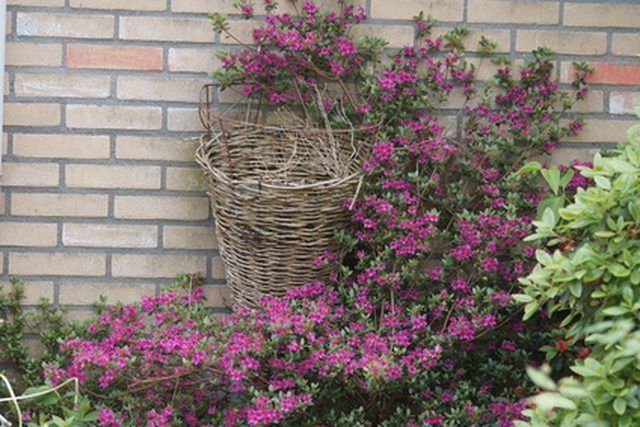Bulbs
Flower Basics
Flower Beds & Specialty Gardens
Flower Garden
Garden Furniture
Garden Gnomes
Garden Seeds
Garden Sheds
Garden Statues
Garden Tools & Supplies
Gardening Basics
Green & Organic
Groundcovers & Vines
Growing Annuals
Growing Basil
Growing Beans
Growing Berries
Growing Blueberries
Growing Cactus
Growing Corn
Growing Cotton
Growing Edibles
Growing Flowers
Growing Garlic
Growing Grapes
Growing Grass
Growing Herbs
Growing Jasmine
Growing Mint
Growing Mushrooms
Orchids
Growing Peanuts
Growing Perennials
Growing Plants
Growing Rosemary
Growing Roses
Growing Strawberries
Growing Sunflowers
Growing Thyme
Growing Tomatoes
Growing Tulips
Growing Vegetables
Herb Basics
Herb Garden
Indoor Growing
Landscaping Basics
Landscaping Patios
Landscaping Plants
Landscaping Shrubs
Landscaping Trees
Landscaping Walks & Pathways
Lawn Basics
Lawn Maintenance
Lawn Mowers
Lawn Ornaments
Lawn Planting
Lawn Tools
Outdoor Growing
Overall Landscape Planning
Pests, Weeds & Problems
Plant Basics
Rock Garden
Rose Garden
Shrubs
Soil
Specialty Gardens
Trees
Vegetable Garden
Yard Maintenance
How to Restore Old Azaleas
How to Restore Old Azaleas. Azaleas are flowering perennials that are rather hardy, but they do require some care, especially as they grow older. Restoring the health and vitality of old azaleas is a multiple-step process. Your old azalea needs a boost of nutrients, plenty of moisture and pruning. Older azaleas can become overgrown, spindly and...

Azaleas are flowering perennials that are rather hardy, but they do require some care, especially as they grow older. Restoring the health and vitality of old azaleas is a multiple-step process. Your old azalea needs a boost of nutrients, plenty of moisture and pruning. Older azaleas can become overgrown, spindly and even become covered in moss. Your main objective in restoring your old azalea is to remove old and dead growth to encourage new, healthy growth.
Things You'll Need
Pruning shears or loppers
Copper-based fungicide
All-purpose fertilizer
Organic mulch
Soil pH test kit (optional)
Lime, peat moss or aluminum sulfate (optional)
Cut away all dead, overgrown or weak branches in late winter or early spring. Prune half of the oldest limbs and shoots down to the ground. Apply a copper-based fungicide to the wounds.
Feed your old azaleas a full dose of all-purpose fertilizer in June, in August and again in October. Follow the dosage instructions on the package.
Water once every week or two weeks to keep the soil moistened. Spread a thick, 3- to 4-inch layer of organic mulch around the base of the plant, covering the root system.
Trim back spent flowers and stems down to the next set of buds in late spring or early summer, right after the azalea finishes blooming.
Tips & Warnings
You may also want to monitor the soil pH to restore your old azalea. Purchase a soil pH test kit. You'll want to achieve an optimal soil pH for your old azalea of 4.5 to 5.5, which is fairly acidic. Add lime to your soil to increase the pH (make it more alkaline), or add peat moss or aluminum sulfate to decrease the pH (make it more acid).
Use fertilizers for acid-loving plants on your azaleas, and mulch with pine straw.
Don't forget to inspect your old azalea for signs of diseases and pests. Treat any disease or pest infestations right away with proper pruning, fungicides or insecticides to restore your old azalea's health and vigor.